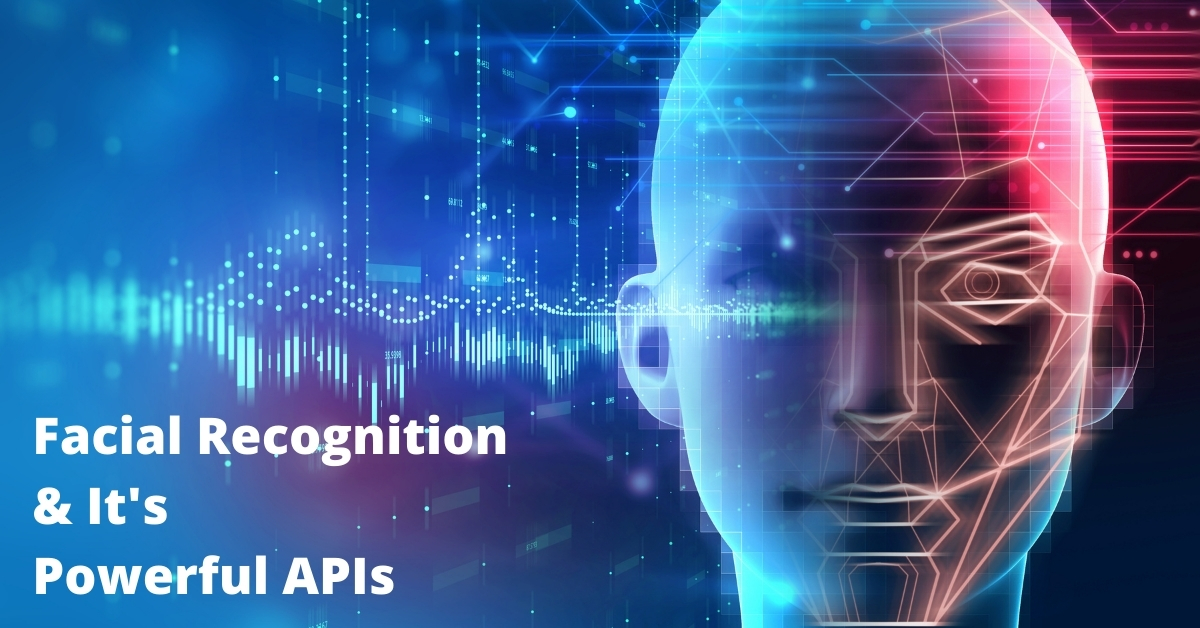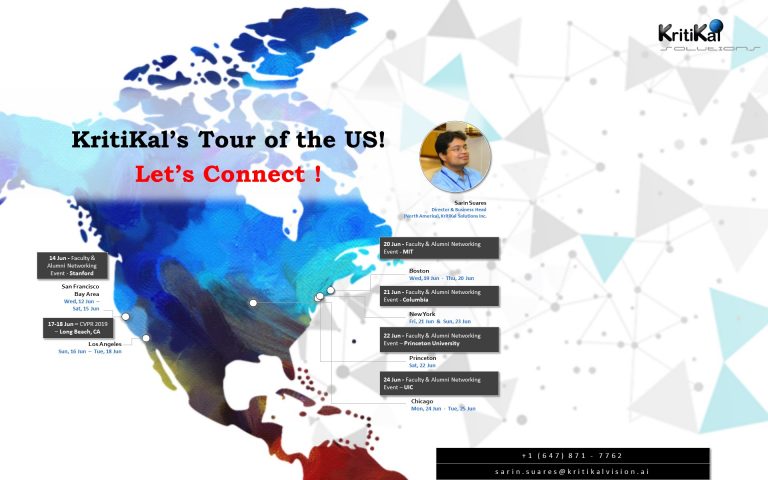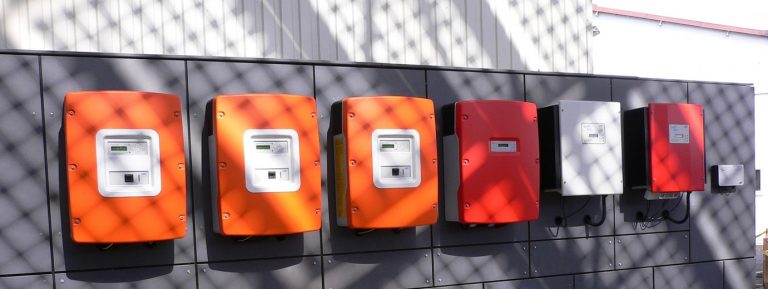In this ever-expanding digital milieu, confidential information always prone to potential vulnerabilities. Traditional passwords and keys no longer provide stringent security or ensure the best protection of sensitive information from hackers and unauthorized access. Moreover, with entwined connectivity reinforced by the Internet of Things, the need for Facial Recognition security is in high demand. This is where biometric security comes into the picture with its revolutionary traits or behavioral characteristics to authenticate access to electronic assets.
Just like fingerprint recognition, iris recognition, and voice recognition, Face Recognition is a biometric modality that is used for the purpose of secure authentication. The advantage of facial recognition over the other modalities is that it is contactless in nature and relatively less expensive. From mobile biometric locks to social media apps, face recognition is used for quick and more enhanced user experience. The technology employs 2D, 3D and facial analytics for face or object detection, analysis and recognition.
The global facial recognition market was at USD 3.85 billion in 2017 and is estimated to reach USD 9.78 billion by 2023. – ResearchandMarkets
Face recognition can be used not just for authentication but also surveillance as well. Most security-conscious organizations such as banking & financial institutions, Government, Airports, have been using advanced facial recognition technology to add a layer of security at their premises. For example- Dubai Airport uses it to strengthen security as well as reducing check-in time. Hospitals are using this technology to deliver better care in terms of protecting patient privacy, ensuring accurate insurance benefits, and connecting a face with a name, which in turn, provides another option for identification besides the date of birth. The Mastercard Identity check even leverages this technology for payment confirmation.
What is Face Recognition?
Face recognition is the process of identifying or verifying the identity of an individual using his/her face. It captures, analyzes, and then compares patterns based on the person’s facial details.
- The face-capture process transforms an analog data stream into a collection of digital information based on a person’s facial features
- The face detection process helps detect and locate human faces in images and videos.
- The face match process verifies the faces as belonging to a particular individual
In this blog, we are going to discuss the top 5 face recognition APIs that can be chosen according to their features and different use cases out there today.
Amazon Rekognition– This powerful API analyzes any image/video file stored in Amazon S3. The API leverages proprietary deep learning technology, developed by computer vision scientists at Amazon. Some of its most important features include:
- Object, scene, and activity detection
- Facial recognition (in photos and videos)
- Facial analysis (happiness, age range, etc.)
- Unsafe content detection
- Text in images
- Pathing (Please check, is this a typo?)
- Celebrity recognition
Kairos- This API employs Computer Vision and Deep Learning technologies to recognize faces from photos & videos. With Kairos, developers can integrate the following human-identity features into their customized software applications.
- Face recognition & identification
- Face verification
- Age and gender verification
- Multi-face detection
- Facial features
- Diversity recognition
Microsoft Computer Vision API – It categorizes & processes visual data and performs moderation of images using machine-assisted software. It allows identifying previously tagged people in images which helps developers build secure and highly functional applications.
- Analyze an image
- Read the text in images
- Read the handwritten text from letters, invoices, etc.
- Recognize more than 20,000 celebrities & landmarks
- Analyze video in real-time
Google Cloud Vision – It comes with pre-trained models for image recognition and analysis purposes. Developers can build custom models using AutoML Vision with respect to their application’s need and purpose. The interesting features:
- Offers a wide range of models, ranging from animals to transportation and more
- Integration with ML Kit for Android and iOS app development
- Explicit content detection from images
- Handwriting, face and landmark detection
- Sentiment analysis for images
Watson Visual Recognition – The Watson API allows developers to tag, classify, and search for visual content using Deep Learning algorithms. This Visual Recognition API can be integrated with Core ML (Machine Learning Toolkit for iOS) for building Computer Vision-based mobile apps. Here are some of the most interesting features:
- Analyze objects, faces, explicit content, etc.
- Predefined models for image analysis
- Custom models
Final Thoughts
MarketsandMarkets, a prominent research firm predicts that the all-out market for AI-equipped cameras and software will be worth $7.76 billion in three years’ time. This clearly indicates that AI-camera enabled Face recognition has a tremendous potential to soon become the predominant technology in the domain. As it comes with myriad applications across different security divisions like homeland security, criminal investigation, ID management, and physical security, huge new players are competing in the market to develop better and more efficient security systems.
If you are looking forward to building a custom face recognition model depending on your business use case, KritiKal can help you build a smart face recognition application backed by multifarious benefits such as greater accuracy, better security, and smarter integration.
So when it comes to Security, you don’t need to rely on guards to manually monitor the premises anymore. Embrace AI-powered applications to beef-up automated security and never miss a thing!



